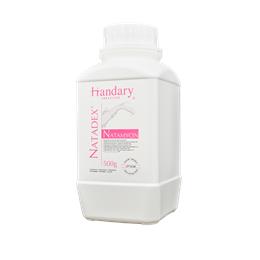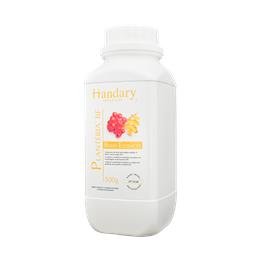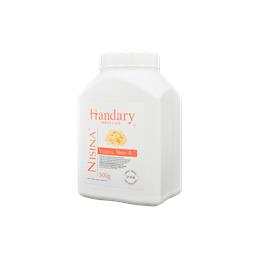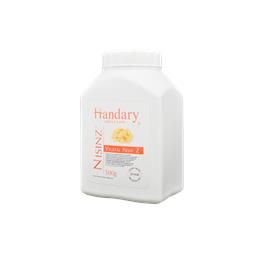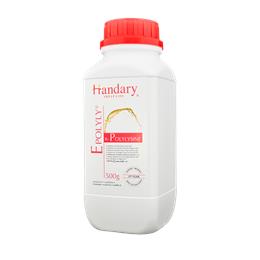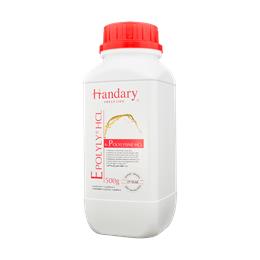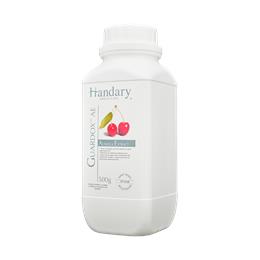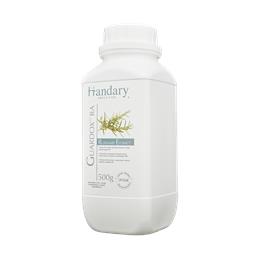Description
Fruit-based confectionery refers to a category of sweets and treats that are made primarily from fruit or fruit juices. These can come in a variety of forms such as gummies, fruit snacks, chews, and candies.
Fruit-based confectionery is often marketed as a healthier alternative to traditional sweets because it contains fruit, which is a natural source of vitamins and minerals. However, it's important to note that many fruit-based confectionery products contain added sugars, so it's important to read the labels and consume them in moderation.
Yeasts & Molds
Fruit-based confectionery products can be susceptible to contamination by yeasts and xerophilic molds, which are molds that are able to grow in low moisture environments. These molds are commonly found in dried fruits and nuts, which are often used as ingredients in fruit-based confectionery products.
Yeasts and xerophilic molds can cause spoilage of the product, resulting in off-flavors, odors, and visual changes such as discoloration and surface growth. Some species of these microorganisms can also produce mycotoxins, which can cause health problems in humans.
To control the level of yeast and mold contamination in fruit-based confectionery products, manufacturers may use preservatives to inhibit fungal growth.
Overall, while yeasts and xerophilic molds can be a potential issue in fruit-based confectionery products, manufacturers and consumers can take steps to minimize the risk of contamination and ensure that the product is safe and of high quality.
Total Aerobic Bacteria
The total plate count (TPC) is a measure of the number of viable microorganisms, including bacteria, yeasts, and molds, present in a sample. In fruit-based confectionery products, TPC is an important indicator of product quality and safety, as high levels of microorganisms can indicate spoilage and the potential for foodborne illness.
The acceptable TPC level in fruit-based confectionery products can vary depending on the product and its intended use. Generally, the TPC for these products should be less than 10^5-10^6 CFU/g (colony forming units per gram), although some specific products may have even lower limits.
To ensure that the TPC in fruit-based confectionery products is within acceptable limits, manufacturers may use a combination of processing methods, such as pasteurization or sterilization, to reduce the microbial load in the product. They may also use preservatives to inhibit the growth of microorganisms during storage.
Consumers can also take steps to minimize their risk of exposure to high levels of microorganisms in fruit-based confectionery products, by inspecting the product for signs of spoilage, such as discoloration or surface growth, and avoiding products that appear to be spoiled. They can also ensure that the product is stored properly, at the appropriate temperature and in a sealed container, and consumed before the expiration date.
Rancidity
Rancidity is a common problem in fruit-based confectionery products, which can affect the flavor, aroma, and shelf life of the product. Rancidity occurs when the fats or oils in the product are oxidized, either by exposure to air, heat, or light, or through microbial activity.
In fruit-based confectionery products, rancidity can be caused by the natural oils present in fruits or by the addition of fats or oils during processing. To prevent rancidity in these products, manufacturers may use antioxidants, such as vitamin E or BHA (butylated hydroxyanisole), to inhibit the oxidation of fats or oils.
 English
English 简体中文
简体中文 Français
Français Español
Español
